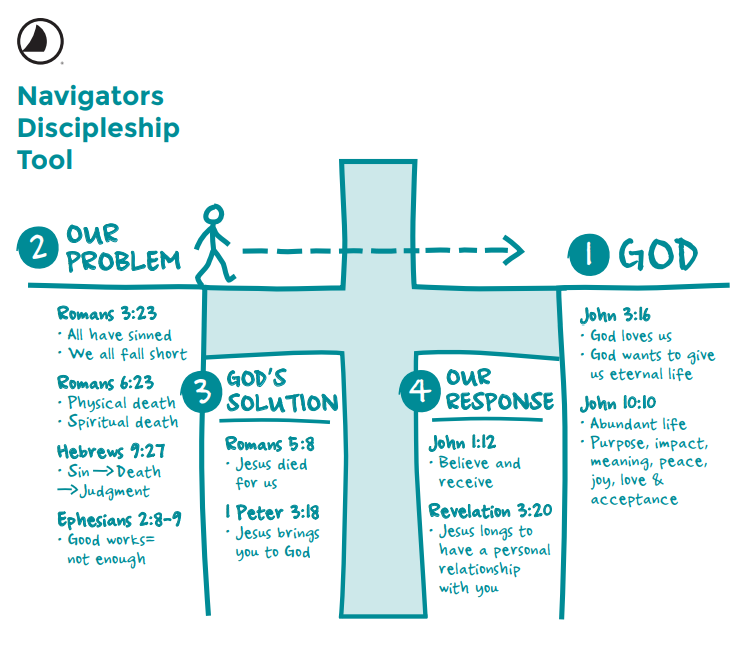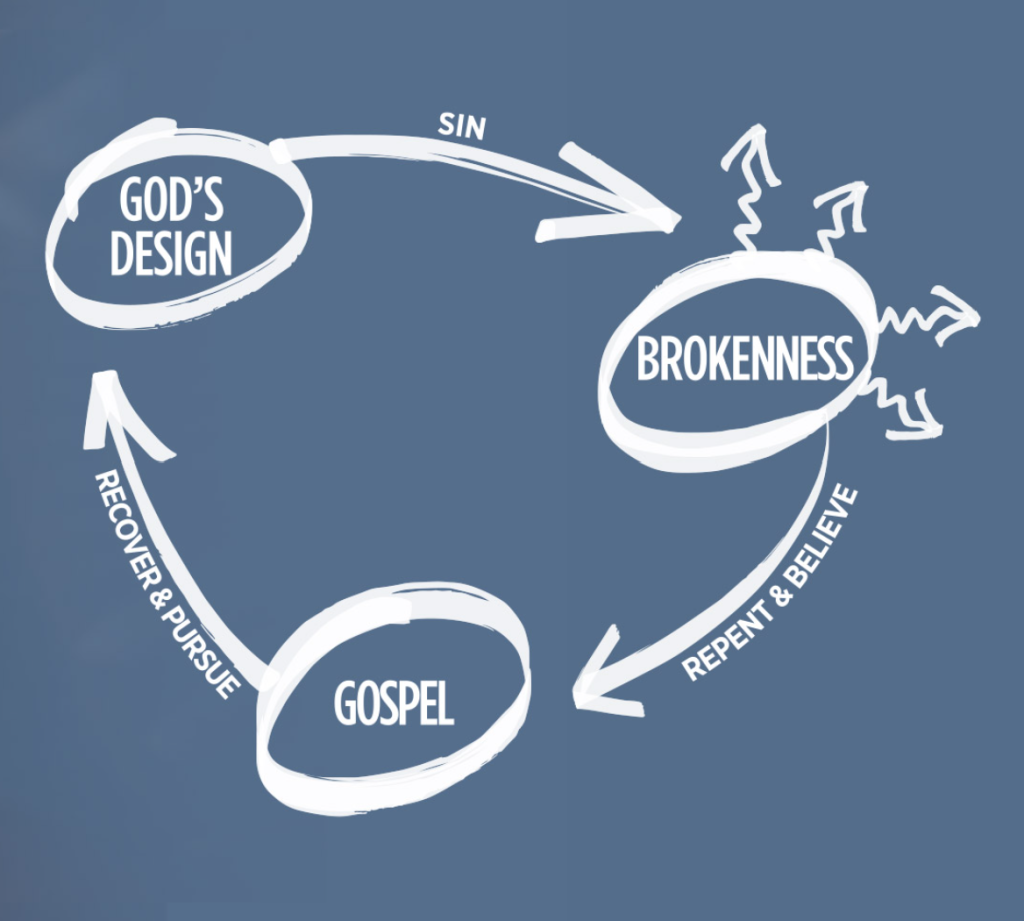Greatest Gospel Need
 Reading Time: 4 mins
Reading Time: 4 mins
I remember the first time I intentionally prepared to share the gospel. I frantically looked up biblical facts, memorized key verses, and copied down diagrams multiple times so I wouldn’t forget. Twelve stresses and eight worries later, I found myself talking to a homeless man during a night of evangelism and outreach. I spent the conversation consumed with worry—trying to insert the bridge picture or explain the Roman’s road, only to realize much later that he’d given me dozens of entry points to share the hope of Jesus. I was so focused on my perfect imaginary scenario rather than how he needed to hear the gospel that I missed multiple opportunities.
I often compare evangelistic methods to tools in a toolbox. Each tool has a purpose. You can’t use a Phillips head screwdriver to loosen a flat head screw, just as you can’t use a drill to put a nail in the wall. Well, you could… but don’t. In my case, I walked into a conversation with only a few tools in my toolbox—one or two methods to communicate the gospel. Adding more tools would have been great, but in that moment, I needed to know when and how to use the tools I already had. What was missing was discernment—the ability to determine the best or wisest approach. Discernment protects us from a “one size fits all” mentality and causes us to ask, “What is this person’s greatest gospel need.” Before we move on, let’s define that term.
GREATEST GOSPEL NEED
The point at which the gospel most directly, intensely, and intimately applies to a person’s stories, experiences, hurts, fears, and struggles.
To meet someone’s greatest gospel need, we must have a wide array of tools in our toolbox because we’re going to a jobsite with no exact blueprint. We don’t always know the details of a person’s story and how the gospel might most immediately set them free. Let me use an example.
An orphan’s greatest gospel need may be a loving father; the gospel speaks of adoption by the perfect Father. Meanwhile, a prostitute’s greatest gospel need might be forgiveness amid shame. The good news of Romans 8:1 or 1 John 1:9 might be exactly what is needed to make the reality of the gospel come to life. Now that we’ve introduced the importance of a full toolbox, let’s take a closer look at a few tools.
Romans Road
The Romans Road is one of the most prevalent methods used by believers; in fact, it is the first one I learned. This method explains the road to salvation using four short verses from the book of Romans.
Romans 3:23 (NIV) – “for all have sinned and fall short of the glory of God”
Romans 6:23 (NIV) – “For the wages of sin is death, but the gift of God is eternal life in Christ Jesus our Lord.”
Romans 5:8 (NIV) – “But God demonstrates his own love for us in this: While we were still sinners, Christ died for us.”
Romans 10:9 (NIV) – “If you declare with your mouth, ‘Jesus is Lord,’ and believe in your heart that God raised him from the dead, you will be saved.”
This method is helpful because it uses God’s Word to demonstrate His holiness, our need, Christ’s provision, and the call to faith – the core truths of the gospel.
Bridge to Life
This method from the Navigators ministry relies less on a script and more on pictures, which lends toward a more natural conversation. Many people are visual learners, preferring diagrams and images to logical or sequential presentations.

To use the Bridge to Life, picture two cliffs separated by a large chasm—humanity on the left cliff and God on the right. Using this image, we can explain how our sin separates us from a holy God. There is no way to reach the opposite cliff by our own effort. We need a bridge. The bridge, in this example, is the cross. It reunites us with God. This simple method opens the door for all kinds of great conversations and questions surrounding our inability, God’s holiness, the sin problem, and more.
Three Circles
This method takes a bit more of a philosophical approach, drawing attention to God’s intended design, the brokenness of the world due to sin, and the call to repent and believe the life-altering gospel. Only through surrender to Christ can we begin to recover and pursue God’s intended design, Heaven on Earth.

The beauty of this method is its flexibility. It’s possible to begin in any circle and easily navigate to the others because each point is part of a larger conversation.
Let’s take a minute to put this into practice. Armed with these three methods, how might you approach a Mormon friend? What about a Muslim neighbor? Finally, which method might be most effective in reaching a friend who grew up in a loving, Christian home but has rejected God?
A discerning approach would consider each person’s greatest gospel need. Followers of Islam trust in good works to earn salvation; they need assurance. You could explain that there is no way to reach God through our own efforts, but the cross of Christ bridges the gap.
Mormons pursue the same assurance, hoping they can be good enough to enter paradise. However, a major way Mormons differ from Muslims is their acceptance of Scripture. The Roman’s Road would be great here because Scripture is used to explain that salvation is not by works, making a case from an authority every Mormon accepts. Makes sense, right?
What about the friend who grew up in church? Many people are skeptical or cynical about Christianity because they have experienced a broken world and can’t understand how a good God could allow such atrocities. The Three Circles method is a great way to zoom out and see the big picture when someone has already heard the gospel but struggles to see how important it is in God’s plan to redeem creation.
Sharing the gospel can be nerve-racking, but we know we’re not alone. God’s Spirit lives in us, guiding us and helping us to discern the most loving, effective way to make the gospel come alive no matter the situation. We must be equipped and prepared to share the hope of Jesus with anyone, at any time, and anywhere. We must remind ourselves of Christ’s promise that just as He called us, so He will also be with us (Matt. 28:18-20). It’s our job to learn as many clear, God-honoring methods as we can, recognize the people in our lives who need Christ, and ask ourselves, “What is each person’s greatest gospel need?”
